Ventriloquism is the art of throwing one’s voice, or speaking without letting the lips move. It is letting your voice speak through an effigy, or an inanimate object such as a wooden doll or a puppet that you take control of through dialect and movement. When entertaining, the entertaining artist does the talking in reality, but it appears that the doll or object is speaking. You cannot see the lip movement of the entertainer who is in charge of the performance or the dummy. A person who entertains using the art of “throwing the voice” is called a ventriloquist. A ventriloquist is nothing without his dummy or puppet, for the toy takes center stage in the act. However, the wooden doll is nothing without its Ventriloquist. The two become one when performing and entertaining.
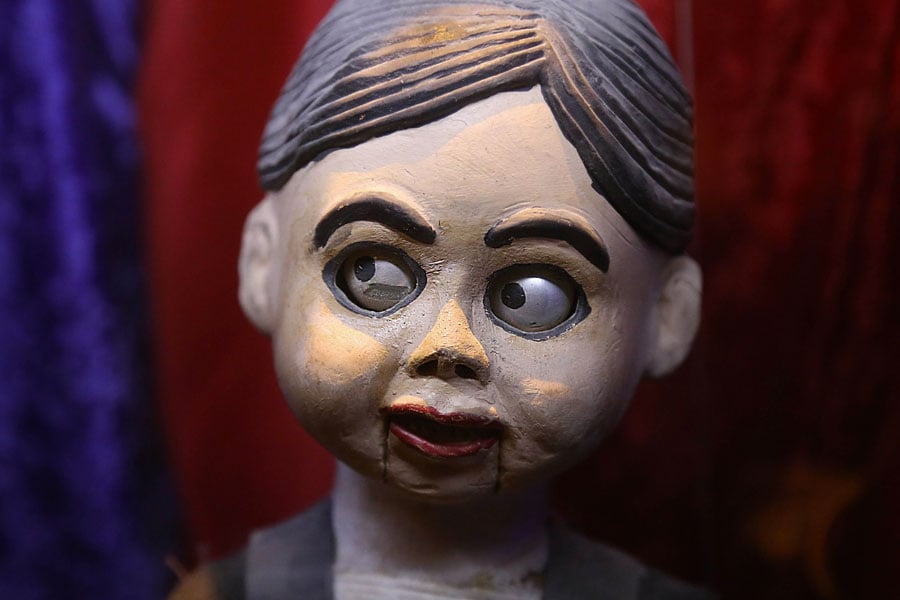
Ventriloquial Dummies and Puppets
When it comes to a ventriloquist and his dummy, there are three basic and important factors to consider when thinking about giving this form of entertainment a try. The basics are; lip control, manipulation and having a puppet to work with. One must learn to speak without moving the lips, which means learning how to use Axtell expressions, and taking control of your mouth movement. A dummy or puppet not only needs the voice of the ventriloquist to look and feel real, the artist will also have to learn how to manipulate the doll, and bring actions and movement that will bring the inanimate object to life. In other words, the job of the ventriloquist is to give the doll an independent life.
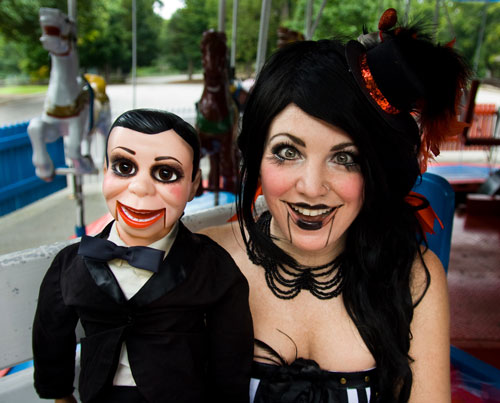
When deciding on a puppet or dummy, think of the character that you want to express; include in its profile his or her characteristics, their likes and dislikes. Include the character’s disposition and his mental attitude; is it easy going, or is it mouthy, opinionated and funny? Last but not least, when crafting or looking for the perfect dummy for a ventriloquist act, keep in mind who your intended audience will be. After all, you do not want adult material for an audience of children. If you plan on performing for young school age children, you may not want a dummy who looks frightening, evil or something looking like it will bring nightmares. Your puppet and your script will have to be age appropriate or audience appropriate.
Creating Sounds in Ventriloquism
If you are wondering what makes for a good ventriloquist, besides having a unique doll to compliment the act, another aspect is having an act that is laced in humor to wow the audience. The ventriloquist must be original, funny and know how to trick the minds of the audience as to what they are actually hearing when communication is taking place between the dummy and the ventriloquist.
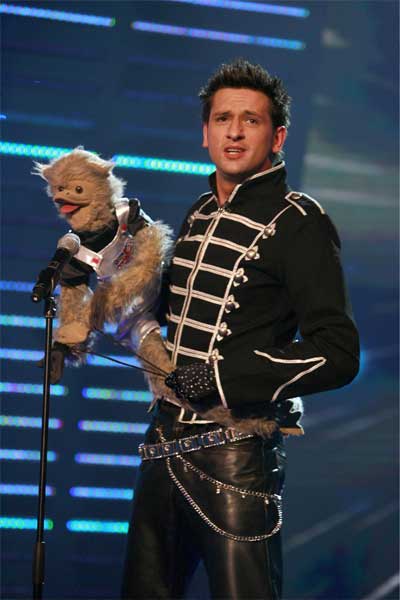
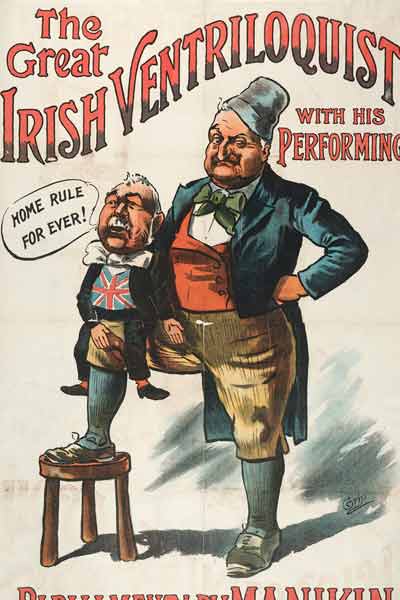
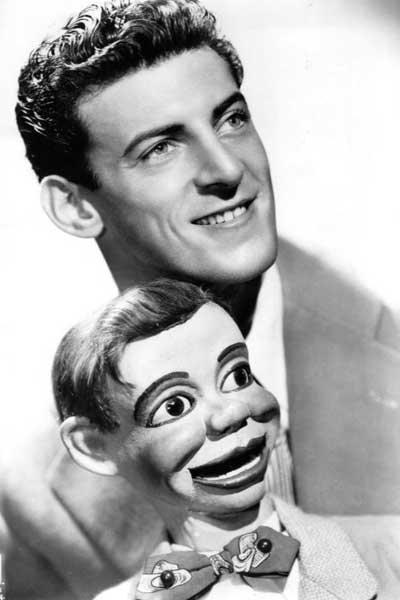
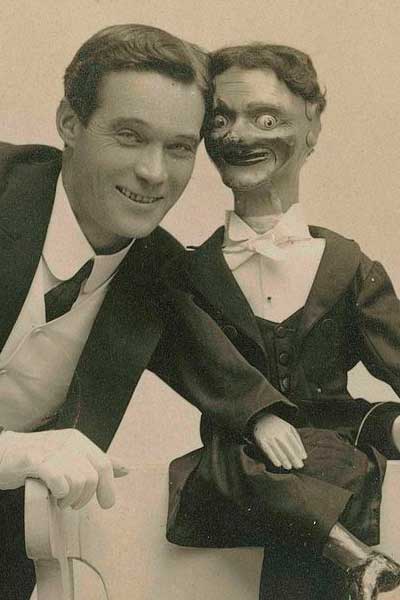
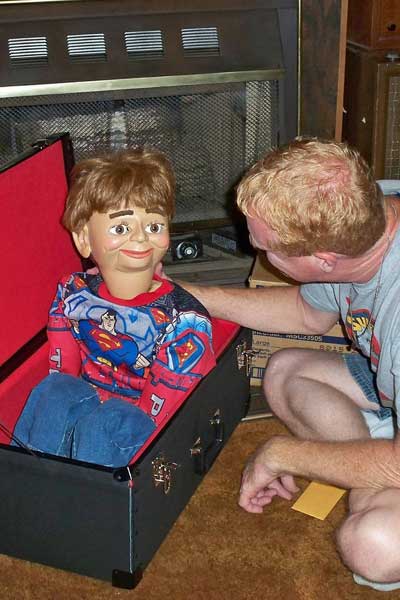
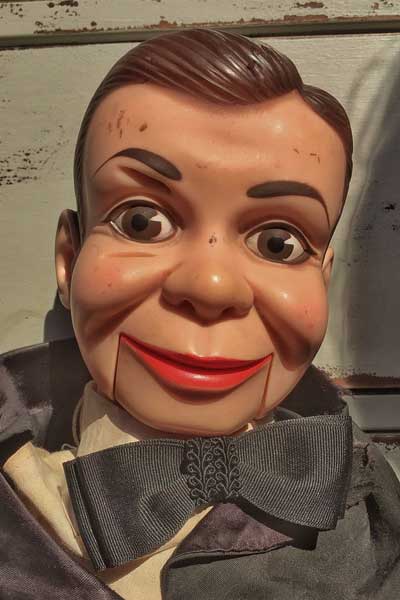
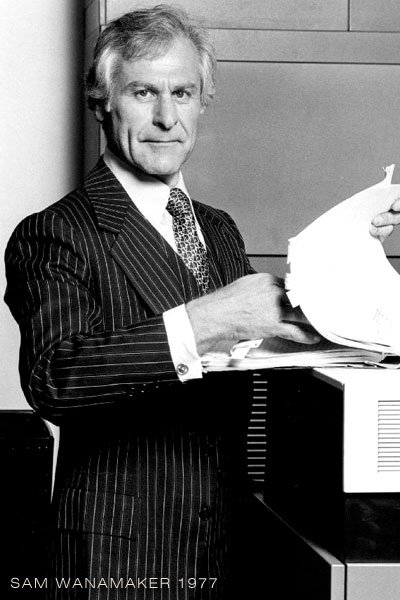
Speaking as mentioned earlier is done without lip movement. Some letters of the alphabet you can already say without moving the lips. But then there are those letters such as B, F, M, P, Q, V and W that are a lot trickier. The ventriloquist remedies this situation by using sound substitutes; this substitute usually happens at the beginning of a word. The artist then forms the word using the back of the throat, substituting letters for sounds. For instance, the letter B becomes a “geh” sound in the back of the throat of a ventriloquist. An example of the substitution is the word banjo. The ventriloquist will do an automatic sound substitution, turning banjo into “gehn-jo” The trick is fooling the audience, making them believe and hear the opposite of what is said as far as word pronunciation and letters are concerned. The ventriloquist must memorize the sound substitute for all the letters of the alphabet. When he and the dummy are in conversation, the sounds must come natural and free flowing when spoken in dialogue. When done correctly, the audience only hears what the ventriloquist intends for them to hear as far as word pronunciations are concerned and when throwing his or her voice.
Fun and Interesting Facts
- Louis Brabant is the first known ventriloquist though the art dates back all the way to Egyptian times.
- The first ventriloquist credited with using a “knee figure” dummy was Fred Russell.
- Ventriloquist dummies are generally made up of 88 parts with 44 of them being used just for the eyelids and mouth.
- Fort Mitchell, Kentucky is home to the Vent-Haven Ventriloquist Museum which houses one of the largest collection of ventriloquist dummies in the world.
Further Resources
Links to More Interesting Information on Ventriloquism and Ventriloquists
- Creepy Ventriloquist Dummies
- Famous Puppets
- History, Images and Links Portal
- Video on how to do Ventriloquism
- How to Throw Your Voice
- The Secret of Ventriloquism
- Willie Tyler and Lester
- The Howdy Doody Doll
- Fun Facts: History of Ventriloquism
- More Fun Facts on Ventriloquism
- List of Famous Ventriloquists
Home Theater Seating
- Build Home Theater
- Pallister Chair
- Power Media Recliners
- Best Recliner
- Southern Motion
- How Much Is Theater Seating
- Modern Home Theater Seating
- Home Stadium Seating
- Electric Recliners
- Home Theater Couch
- Theater Chair Store
- Theater Seat Clearance
- 2 Seater Leather Chair
- Best Entertainment Room Sofas
- Full Sectional Couch
Decor & Accessories
- Old Fashioned Popcorn Machine
- Home Movie Theater Decor
- Movie Theater Carpet
- Recliner Theater Seating
- Entertainment Recliners
- Home Theater Decor Packages
- Movie Theater With Leather Seats
- Best Furniture Warranty
- Theater Room Accessories
- The Room Movie Length
- Red Leather Couch For Sale
- Riser Recliner Chair
- Best Brand Of Recliners
- Massaging Sectional Sofa
- Table
Top Pages
- Octane Azure Seating
- Modern Movie Theater
- Power Recliner with Cup Holder
- Best Home Sound Systems
- Leather Theater Chairs
- Modern Loveseat for Small Spaces
- Quality Of Leather
- Movie Theatre Seats
- Home Theatre Seating
- Turbo Xl700 Review
- Supersized Recliners
- Furniture Chaise
- Home Theater Cables
- 3 Piece Sectional Leather
- Movie Theatre Recliner Chairs

